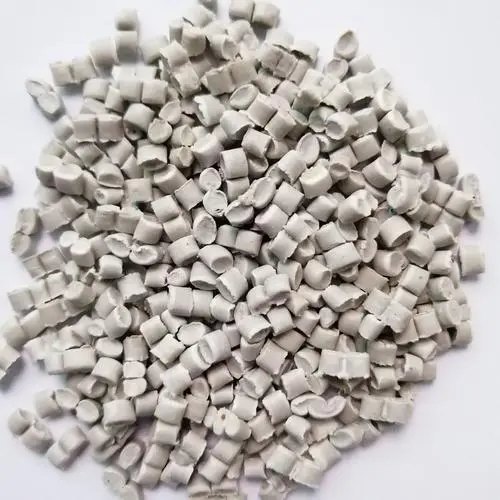Application and Development of Engineering Material Particles
Release Time:
May 23,2024
Application and Development of Engineering Material Particles Engineering material particles play a crucial role in various industries, ranging from construction to electronics. These particles, also known as engineered nanoparticles, are designed to possess specific properties that make them suitable for a wide range of applications.

Application and Development of Engineering Material Particles
Engineering material particles play a crucial role in various industries, ranging from construction to electronics. These particles, also known as engineered nanoparticles, are designed to possess specific properties that make them suitable for a wide range of applications. In this article, we will explore the diverse applications and the latest developments in the field of engineering material particles.
One of the most common applications of engineering material particles is in the field of construction. Nanoparticles such as silica fume and carbon nanotubes are used to enhance the strength and durability of concrete structures. By adding these particles to the concrete mix, the resulting material becomes more resistant to cracks, corrosion, and other forms of deterioration. This has led to the development of high-performance concrete that can withstand harsh environmental conditions and last longer than traditional concrete.
In the electronics industry, engineering material particles are used to improve the performance of electronic devices. Nanoparticles like silver and copper are employed as conductive materials in printed circuit boards and other electronic components. These particles have excellent electrical conductivity and thermal stability, making them ideal for use in high-performance electronics. Additionally, nanoparticles are also used in the production of transparent conductive films for touchscreens and displays, further expanding their applications in the electronics sector.
Another important application of engineering material particles is in the field of healthcare. Nanoparticles are increasingly being used in drug delivery systems, diagnostic imaging, and medical devices. By modifying the surface properties of nanoparticles, researchers can create carriers that can deliver drugs to specific target sites in the body, minimizing side effects and improving treatment outcomes. Moreover, nanoparticles can be used as contrast agents in imaging techniques like MRI and CT scans, allowing for better visualization of tissues and organs. The use of engineering material particles in healthcare is revolutionizing the way diseases are diagnosed and treated, leading to more personalized and effective medical interventions.
In recent years, there have been significant advancements in the development of engineering material particles. Researchers are exploring new materials and synthesis methods to create particles with enhanced properties and functionalities. For instance, the use of nanotechnology has enabled the production of nanoparticles with precise size, shape, and composition, leading to improved performance in various applications. Furthermore, the integration of artificial intelligence and machine learning techniques has facilitated the design of nanoparticles with specific properties tailored to meet the demands of different industries. These developments are driving innovation in the field of engineering material particles and opening up new possibilities for their applications in the future.
In conclusion, engineering material particles are versatile materials that have a wide range of applications across different industries. From construction to electronics to healthcare, these particles are playing a vital role in enhancing the performance and functionality of various products and processes. With ongoing research and development efforts, the field of engineering material particles is poised for further growth and innovation. It is clear that these tiny particles are making a big impact on the world around us and will continue to shape the future of technology and materials science.
Keywords:
More information






